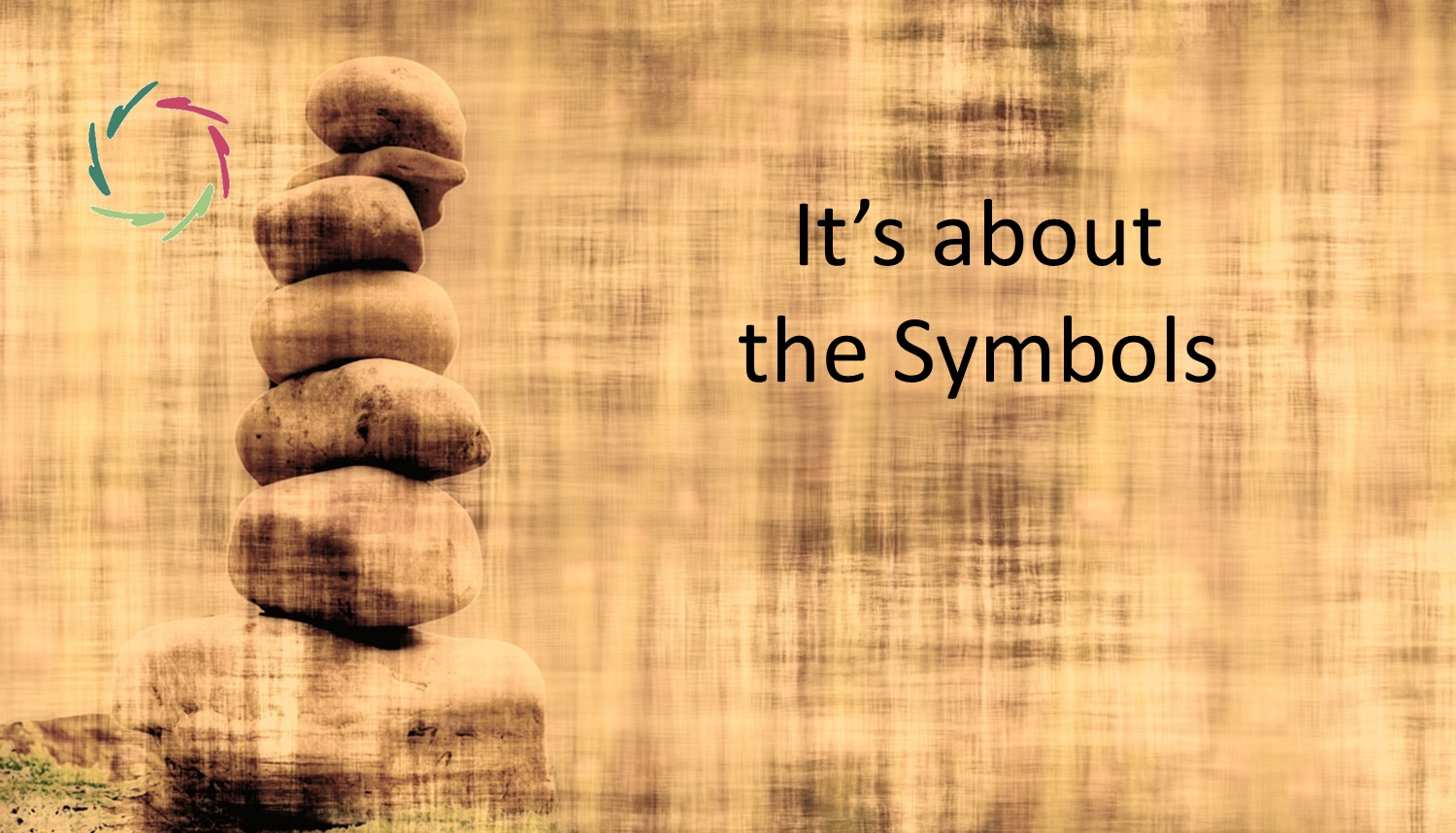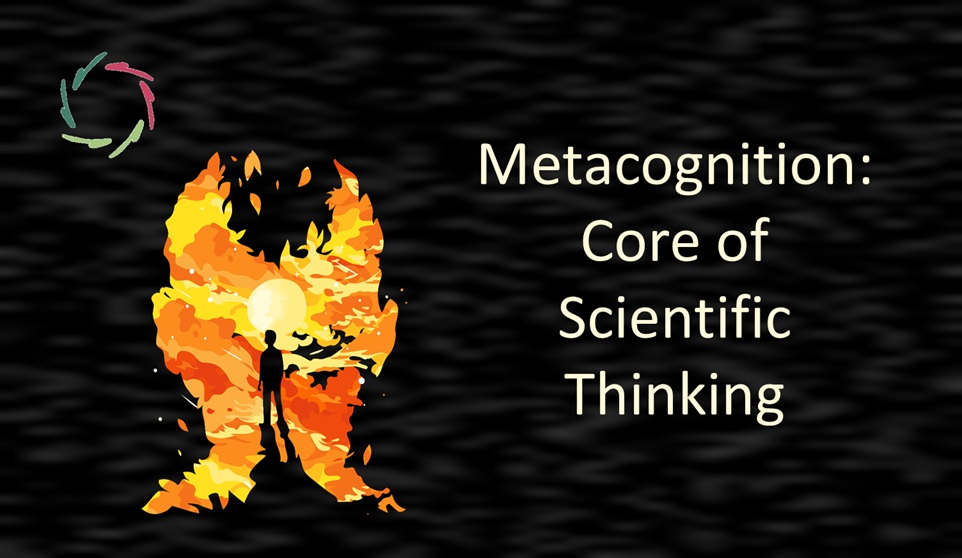It’s about the Symbols

Symbols, more than just representations, connect to deep-seated patterns of mental content. This underscores the profound influence symbols can have on our non-conscious mind and behavior. Fundamentally, humans are symbol processors.
Often, we don’t consciously act as such, but it fundamentally shapes our behavior. This non-conscious processing can lead to seemingly irrational choices, driven by symbolic meaning rather than rational analysis.
Neglecting this symbolic aspect can cause us to wither internally.
The symbolic processing enables us to navigate and give meaning to our complex social and personal environments. Ignoring our need for symbolic fulfillment can lead to a sense of emptiness or lack of purpose. Thus, even without conscious awareness, we constantly seek what is symbolically attractive in various ways. This seeking can manifest in diverse forms, from art and literature to relationships and career choices, reflecting our deeper symbolic needs.
Regardless of the object, its attractiveness often stems from symbolic meanings. This is evident when certain attractions feel inevitable, as if they ‘come to you,’ like a ‘chemistry in the air.’ This spontaneous attraction can lead to profound personal connections or passions, often difficult to explain through logic alone.
Look around. Symbols are everywhere. Now, open your awareness, and you may find profound symbols all around, likely the same ones you just saw from the previous sentence. This newfound awareness of symbols can deepen your understanding of your surroundings and your inner self, offering new insights and perspectives.
Our ultimate goals are often rooted in symbolic, subconceptual layers.
Our conceptual goals are nested within deeper goals, ultimately leading to the subconceptual. Engaging with these through symbols allows us to navigate these layers. This layering of goals illustrates the complexity of human motivation, where surface-level desires often mask deeper, symbolic yearnings. Recognizing the symbolic nature of our goals can help align our actions with our deeper values and desires.
In this, one can see that our conceptual goals also act as symbols for underlying deeper aspirations, if we are open to them. Exploring these symbolic layers can provide clarity and direction, helping us prioritize what truly matters.
It’s not about the money on the bank, but what it symbolizes. It’s also not about the speedy car that can be bought with the money, but what it symbolizes.
Nor is it about the big house or even the handsome spouse.
Sex(uality)
Secondary sexual features are also ‘just’ symbols. This includes your own species, human. But it may strike you more if you look at other species. See, for instance, the male peacock and his tail feathers. He clearly enjoys them and so does the female peacock. But conceptually, they’re useless. Their use is functionally symbolic. Such features often serve as symbols of health, vitality, and genetic fitness, influencing mate selection.
Similarly, human female breasts are often viewed as symbols of desire, despite their biological function as ‘just’ milk glands — nothing special with no baby in proximity. But symbolically…
This applies to all distinctions between potential sexual partners; attractiveness often lies in their symbolic meaning. When experienced as deeply symbolic, this attraction intensifies. Understanding these symbolic aspects can enrich our relationships, adding layers of meaning to our connections with others.
This is not to reduce the importance of symbols; rather, it highlights that humans engage with real value daily, beyond mere concepts. Recognizing the symbolic nature of our daily interactions can lead to a more profound appreciation of life.
It also reveals our true needs, deeply rooted and individually unique, making us so much more interesting. These depth-related needs underscore the importance of personal growth and self-discovery in leading a fulfilling life.
Gaining genuine insight into these dynamics doesn’t detract from the symbolic; on the contrary, it just adds layers of understanding, revealing the depth involved in each symbolic interaction. This layered understanding can lead to greater empathy and connection, both with oneself and with others.
This includes religious symbols.
Religious symbols often carry profound meaning, serving as gateways to deeper spiritual and psychological experiences. One might even see this as quintessential to religion, which aims for deeper spiritual understanding rather than divisive actions like persecution or conflict. Such actions are distortions arising from inner dissociation and misuse of symbols.
Like all deeply symbolic elements, these carry significant human energy. This energy has driven achievements like cathedral building, yet tragically also fueled conflicts. The Open Religion goal is to channel the energy positively, akin to seeking mental depth.
With clear insight, we can retain the good without succumbing to the negative aspects. By consciously directing the energy toward constructive ends, we can harness the symbolic power for growth and unity rather than division and destruction. This selective engagement with symbols can help cultivate a more positive and harmonious existence, both personally and collectively.
Depth holds infinite value.
Of course, because it is worthiness itself. Still, it’s important to choose symbols wisely — not so much those at the surface, but those with deeper layers of meaning.
Consider world politics, which revolves around symbols. Unipolarity vs. multipolarity, for example, concerns the authority to define dominant symbols. Today, many cultures feel threatened, resentful, and deserving of recognition on the global stage. This symbolic struggle reflects deeper desires for identity, autonomy, and recognition, influencing global dynamics.
Thus, volatility is expected and can be managed constructively. However, effective management requires a deep understanding of the symbolic meanings at play, fostering dialogue and cooperation.
Ultimately, it’s all about depth.
Symbols embody depth.
Recognizing this can transform our perspective, allowing us to see beyond the surface and appreciate the profound connections that shape our lives, embracing depth in our understanding and interactions.
This can ultimately lead to a more Compassionate world.


